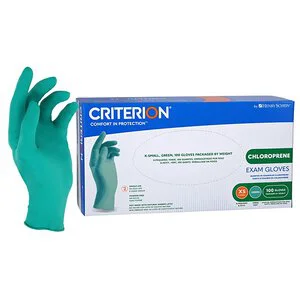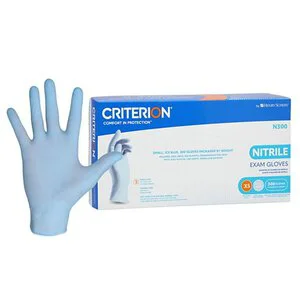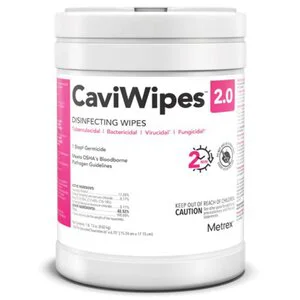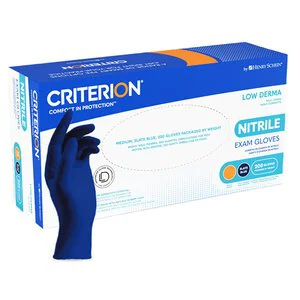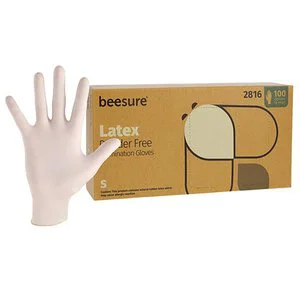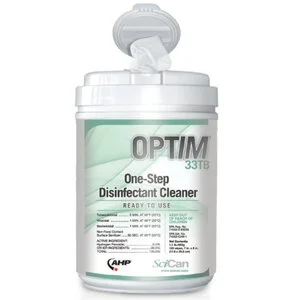Filter Products
Filter Products
Infection Control
As low as
$7.41As low as
$7.37As low as
$6.81What is dental infection control?
As a dental professional, ensuring that infection control in dentistry is maintained is a top priority. Dental infection control is a set of protocols and procedures implemented to prevent the spread of infections in dental clinical and office settings. It is crucial because dental procedures can involve exposure to blood, saliva, and other bodily fluids that can transmit infectious diseases. Effective infection control measures can reduce the risk of infection for patients and dental healthcare workers.
What is the most important infection control in dentistry?
The most important infection control in dentistry is the use of standard precautions. Standard precautions involve a set of basic infection control practices that are designed to prevent the transmission of infectious agents from one person to another. This includes proper hand hygiene, the use of personal protective equipment such as gloves, masks, and eye protection, and proper disinfection and sterilization of instruments and surfaces. By following these practices, dental professionals can minimize the risk of infection transmission and create a safe environment for both patients and staff.
What standard precautions are used to prevent infection in dental offices?
In dental offices, preventing infection is crucial for the safety of patients and staff. Here are some methods used for infection control in dental settings:
- Proper Hand Hygiene: Handwashing with soap and water or alcohol-based hand sanitizers is a crucial step in preventing the spread of infection.
- Personal Protective Equipment (PPE): Wearing PPE such as gloves, gowns, masks, and eye protection minimizes exposure to infectious agents.
- Sterilization: The process of killing all microorganisms, including bacteria, viruses, and fungi, on a surface or equipment. Sterilization is essential for instruments that come into direct contact with patients' blood, saliva, or other bodily fluids to prevent the transmission of infectious agents.
- Disinfection: Process of killing most microorganisms on a surface or equipment. Disinfection is used for surfaces that do not come into direct contact with patients' bodily fluids but still have the potential to be contaminated, such as countertops and chairs.
- Proper Waste Disposal: Proper disposal of waste, including sharps and contaminated materials, is essential to reduce the risk of infection.
- Waterline Maintenance: Proper maintenance and monitoring of dental unit waterlines prevent the growth of microorganisms that can cause infection.
- Air Filtration: High-efficiency particulate air (HEPA) filters can be used to minimize the spread of airborne contaminants.
- Education and Training: Regular education and training of dental professionals on infection control practices are crucial to ensure they follow best practices and stay up-to-date with new information.
- Hazard Recognition: Aid in recognizing, controlling, and preventing hazards in the workplace.

